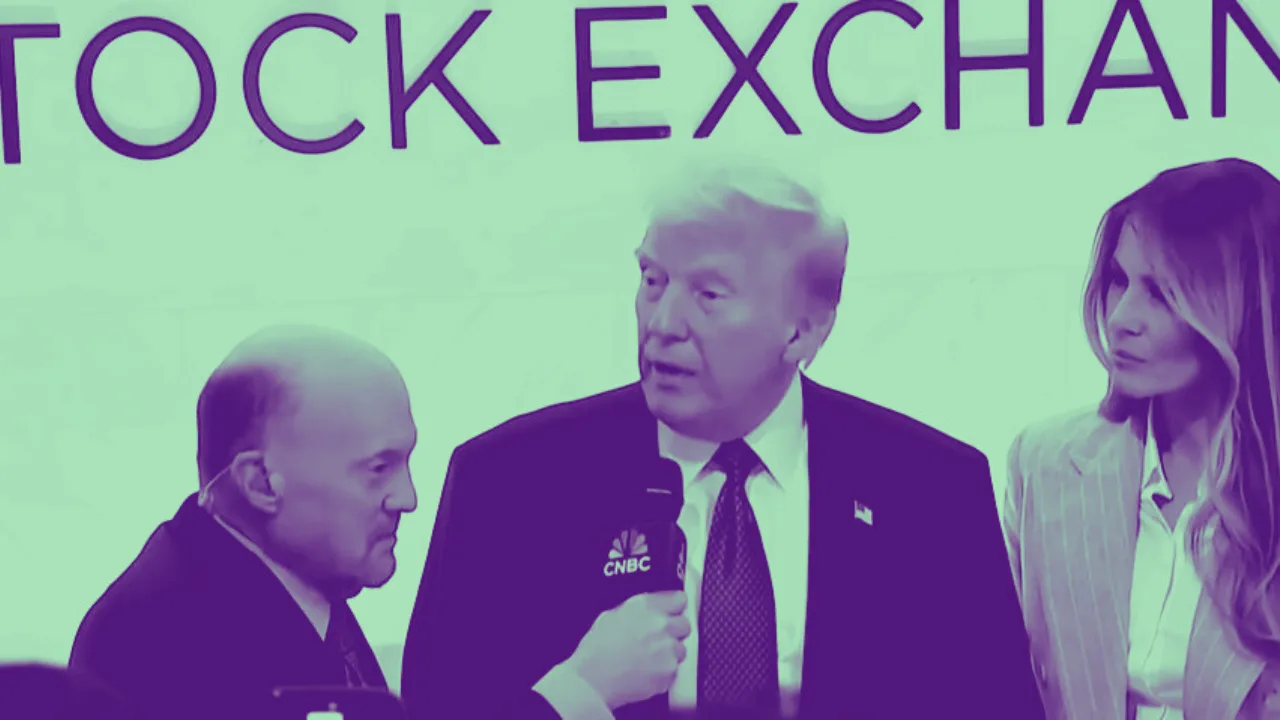What are Nonfarm Payrolls?
Nonfarm payrolls are a measure of the number of workers in the U.S. economy excluding farm workers, government employees, private household employees and employees of nonprofit organizations. They are an important indicator of the health and direction of the economy.
Why Could Nonfarm Payrolls be Bad for the Stock Market?
A higher payroll figure is generally good for the U.S. economy citing more job additions and more robust economic growth. However, if increases in non-farm payroll occur at a fast rate, this may lead to an increase in inflation and that may be viewed as a negative for the economy.
Inflation is the general rise in the prices of goods and services over time. It erodes the purchasing power of money and reduces the real value of savings. Inflation also affects the interest rates that central banks set to influence the money supply and borrowing costs in the economy.
The Federal Reserve is the central bank of the U.S. that sets the federal funds rate, which is the interest rate at which banks lend to each other overnight. The Fed also influences other interest rates in the economy, such as mortgage rates, car loan rates, credit card rates and bond yields.
The Fed has a dual mandate of promoting maximum employment and price stability. The Fed targets an inflation rate of 2% over the long run as a measure of price stability. When inflation is higher than the target, the Fed may raise interest rates to slow down the economy and reduce inflationary pressures. When inflation is lower than the target, the Fed may lower interest rates to stimulate the economy and increase inflationary expectations.
Monetary policy is one of the key factors that influence the stock market. When interest rates are low, borrowing costs are cheap and money supply is abundant. This encourages spending, investment and lending, which boost economic activity and corporate profits. This also makes stocks more attractive than bonds or cash, which offer lower returns. As a result, low interest rates tend to support higher stock prices.
When interest rates are high, borrowing costs are expensive and money supply is tight. This discourages spending, investment and lending, which slow down economic activity and corporate profits. This also makes stocks less attractive than bonds or cash, which offer higher returns. As a result, high interest rates tend to pressure lower stock prices.
Therefore, a higher nonfarm payroll figure may be a bad thing for the stock market if it signals that inflation is rising faster than expected and that the Fed may have to raise interest rates sooner or more aggressively than anticipated to keep inflation under control. This may dampen investor sentiment and expectations about future earnings and growth prospects of companies. This may also increase the opportunity cost of holding stocks relative to bonds or cash.
Hence, whether a higher nonfarm payroll figure is good or bad for the stock market depends on how it affects inflation expectations and monetary policy outlooks in relation to economic growth prospects.





